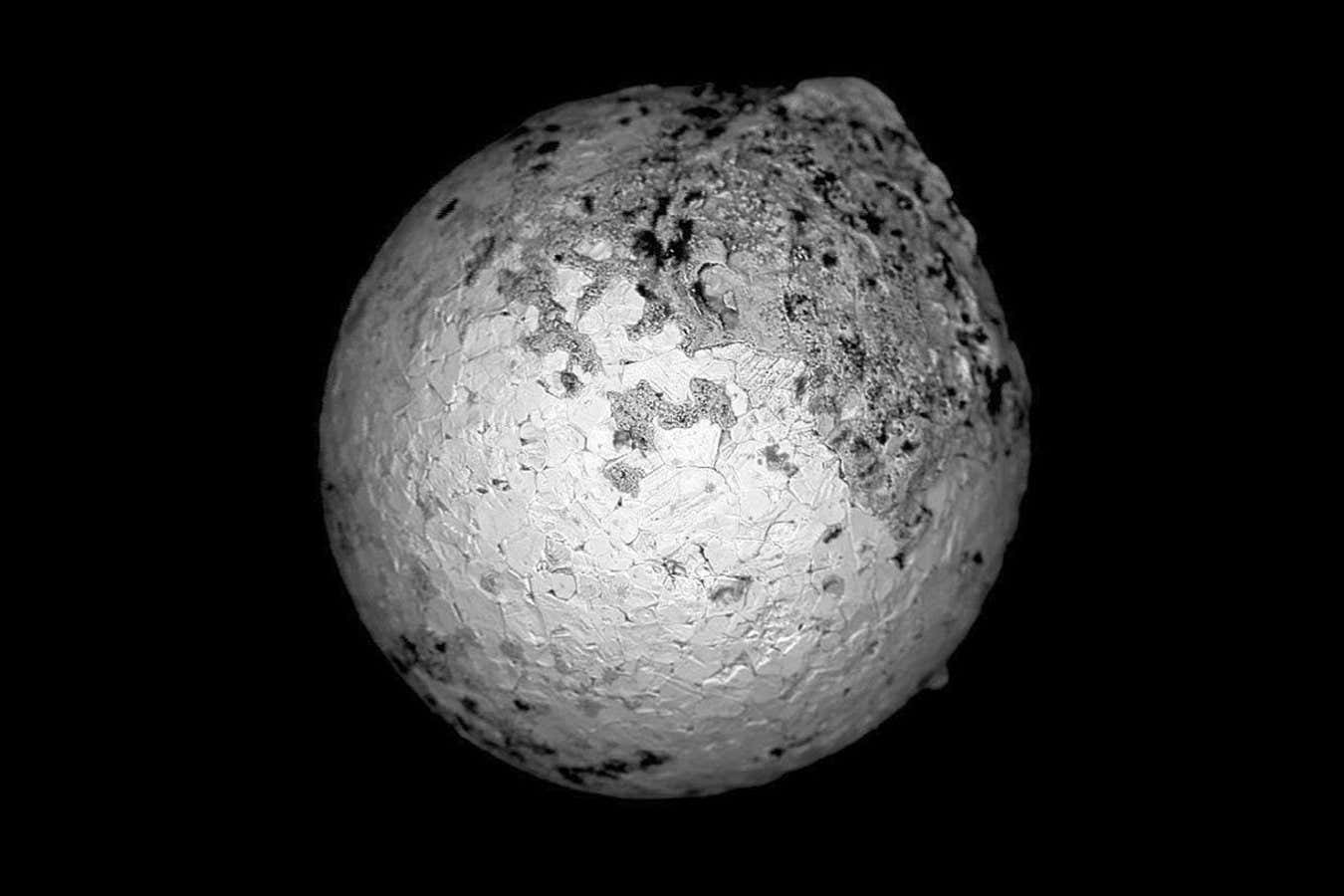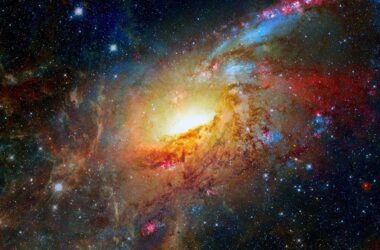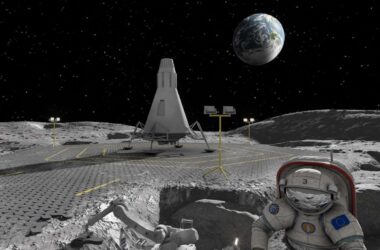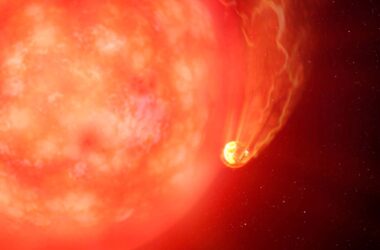A team of scientists may have discovered tiny metal spheres on the seafloor that originated from an interstellar meteor. These metal spherules have compositions that do not match anything observed on Earth before. However, this claim is considered controversial.
This year, Avi Loeb from Harvard University led an expedition off the coast of Papua New Guinea to search for remnants of an object known as IM1, which fell to Earth in 2014. The object’s recorded velocity suggested that it may have come from beyond our solar system. The researchers hoped to find its remains on the ocean floor.
During the expedition, the team collected around 700 tiny iron-rich spherules and started analyzing their compositions. So far, they have examined 57 spherules, and five of them exhibit unusual compositions.
These five orbs, referred to as BeLaU spherules, are rich in beryllium, lanthanum, and uranium. They also have low concentrations of elements that typically evaporate in the extreme heat generated by meteors passing through Earth’s atmosphere. According to Loeb, these compositions do not match any known origins from Earth, the moon, or Mars.
Loeb suggests that the compositions indicate the spherules likely came from a differentiated object where the densest elements have sunk to the middle over time. However, other researchers do not agree with this interpretation. Alan Rubin from the University of California, Los Angeles, argues that interstellar objects are expected to be leakage from the Oort cloud equivalents around other stars, rather than differentiated objects.
Some researchers also doubt the claim that these spherules are different from rocks previously found. Michael Busch from the SETI Institute explains that a thorough comparison with every rock type on Earth and meteorite mineral compositions would be necessary, and even if no matches are found, it does not necessarily provide evidence for an interstellar origin. Meteorites only sample a fraction of materials in our solar system.
Moreover, Steven Desch from Arizona State University points out that the spherules collected from the seafloor have been sitting there for a long time, possibly thousands of years, and have been exposed to seawater and contamination. Desch suggests that there could be natural explanations for the unusual compositions.
Concerns have also been raised about the nature of the IM1 object itself and the accuracy of its recorded velocity. Desch states that the lack of error bars and the inability to verify the velocities raise doubts about the object’s interstellar origin. Additionally, it is unclear whether any material would have survived the meteor’s fiery journey through Earth’s atmosphere.
To convince other astronomers of the interstellar origin of these spherules, more evidence will be needed. However, Loeb expects that more evidence will become available soon. The team has only analyzed a portion of the materials and plans to conduct another expedition to search for larger pieces of IM1.
Topics:








